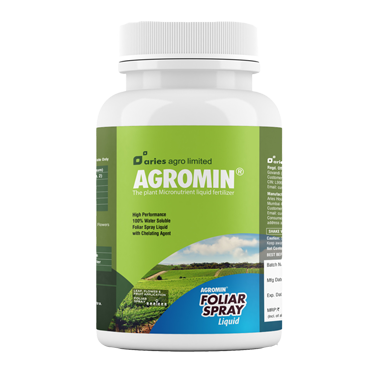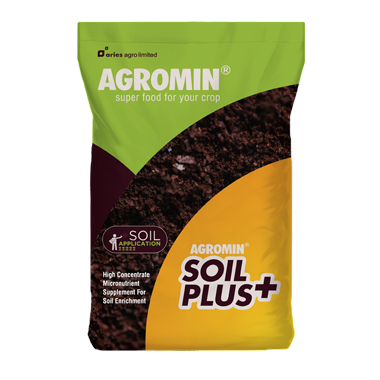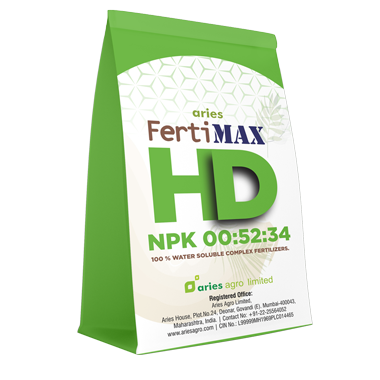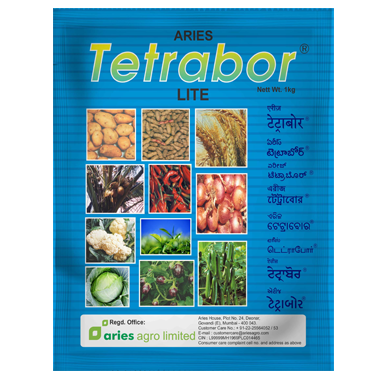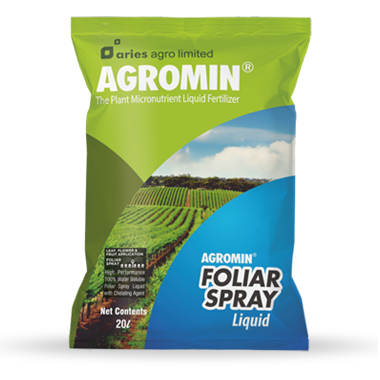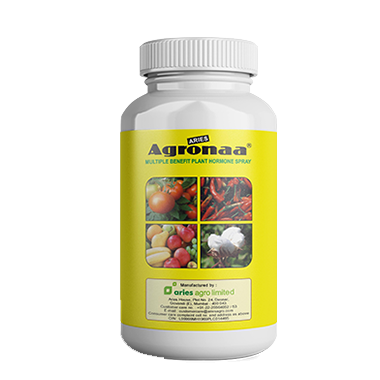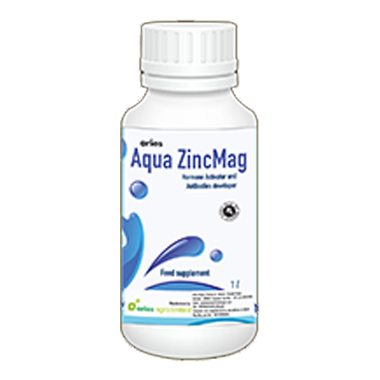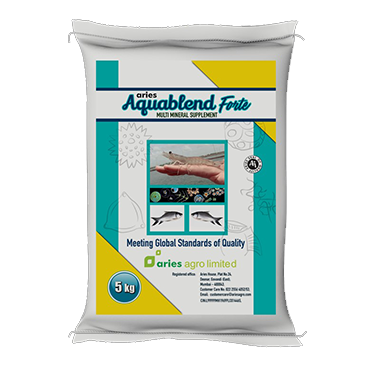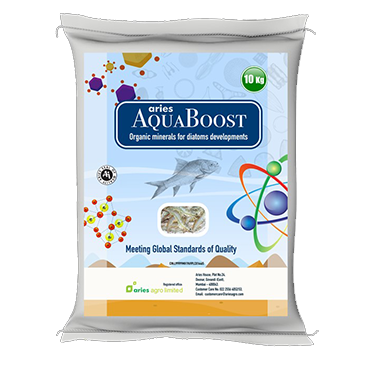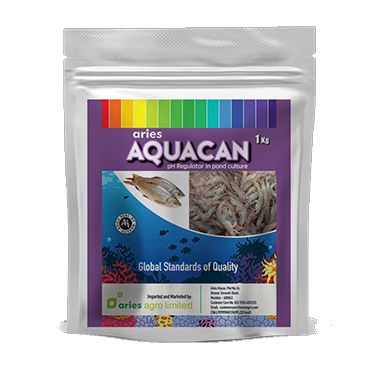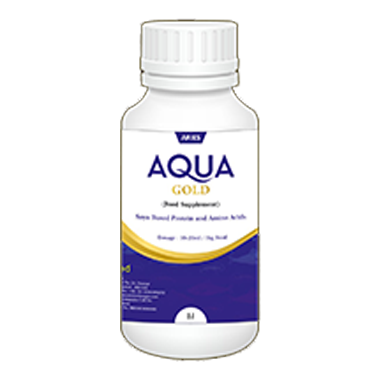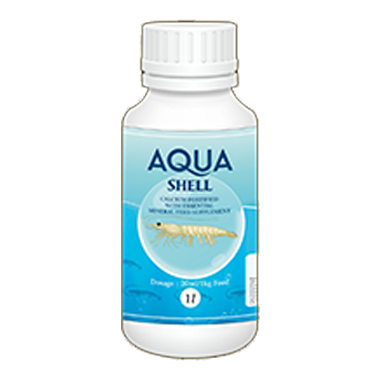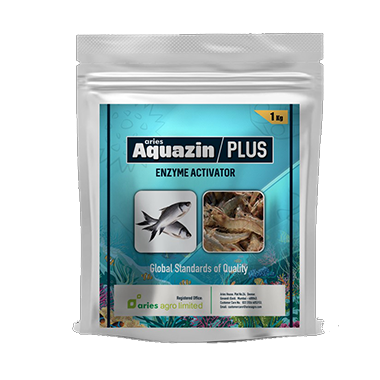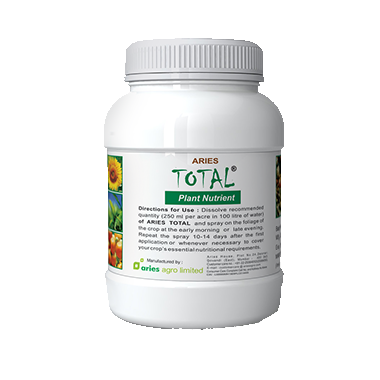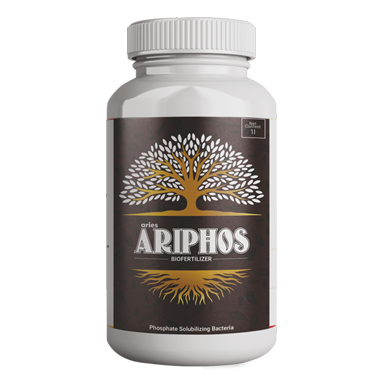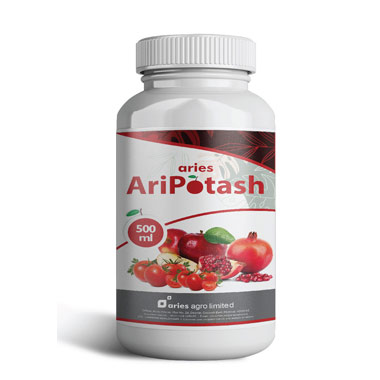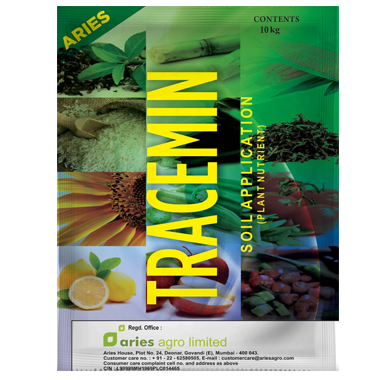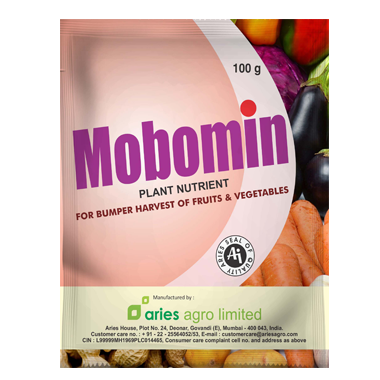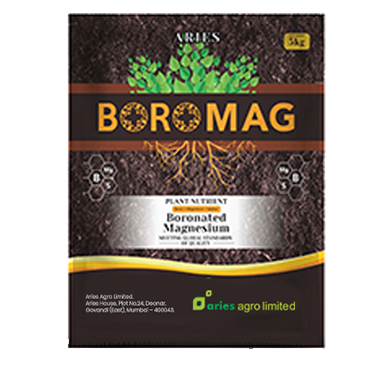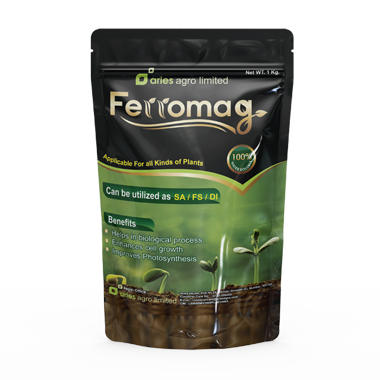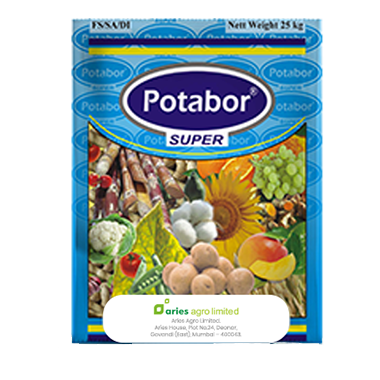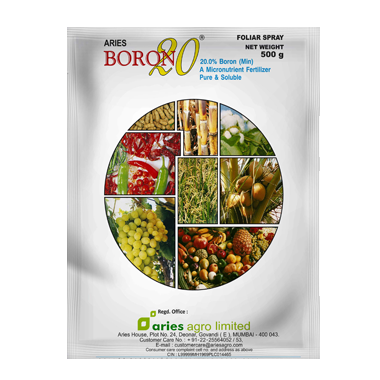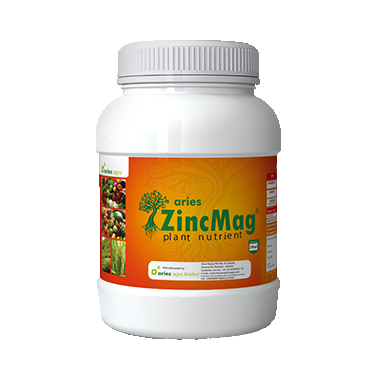Multi Micronutrients and MIX Micronutrient Fertilizers
Plant nutrients needed in micro levels are called as micronutrients in Agriculture. Mineral elements comprising of Zinc (Zn), Copper (Cu), Manganese (Mn), Iron (Fe), Boron (B), Molybdenum (Mo) are the essential multi micronutrients needed for plant growth and development.
Multi Micronutrients are crucial for plant growth and play an important role in balancing crop nutrition. Micronutrients, though needed in minute amounts play an important role in most enzymatic reactions as they act as co-factors for enzymes.
Micronutrients help the major elements to perform their functions. If they are not present, the major elements will not be able to perform their duties even if you supply them. Here is the list of micronutrients that are popularly known to be as best micronutrients for plants in India.
The common roles are overall plant growth, photosynthesis, chlorophyll formation, cell wall development resistance to plant disease, nitrogen fixation, colour of the fruits, sugar transport, fruit textures, the turgidity of the plant, and osmotic balances. Water Water-soluble micronutrients are meant to supply sufficient plant nutrients to aquatic plants, irrespective of their size.
There are many more benefits that can be easily attained from micronutrient fertilizer products. All you have to know is how to use micronutrients in agriculture.
Micronutrients such as Fe, Mn, Zn, and Cu are easily oxidized or precipitated in soil, and their utilization is, therefore, not efficient. Chelated fertilisers have been developed to increase micronutrient utilization efficiency. When in chelated form, the metal isn’t precipitated by phosphates, carbonates and other soil and fertiliser components. In this free, chelated form, it remains mobile and unfixed. It is able to move freely through the soil for uptake by the plant root system.
The word chelate is derived from the Greek word chelé, which refers to a lobster’s claw. Hence, chelate refers to the pincer-like way in which a metal nutrient ion like Zinc, Manganese, Iron and Copper is encircled by the larger organic molecule (the claw), usually called a ligand or chelator. Some commonly used chelating agents are EDTA, DTPA, EDDHA, amino acids, organic acids etc. The effectiveness and efficiency of a particular chelated fertiliser depends on the pH of the plant growth medium.
Chelated fertilisers are needed in lesser quantities as they are completely assimiable by crops and hence cost effective. Being organic in nature, they are much more easily absorbed by plant roots or leaves, can be more easily translocated within the plant and assimilated within the plant system. Chelates are compatible with a wide variety of pesticides and liquid micronutrient fertilisers and are not readily leached from the soil as they adsorb on to the surface of soil particles.
Micronutrient fertilisers include inorganic salts, chelated fertilisers and multi micronutrient formulations formulated as state specific grades as provided by the different state governments. Customized micronutrient fertilisers are special micronutrient blends which are made for specific condition of soil and recommended for special crops and hence in this way promote site specific nutrient management. These are soil-crop-climate based that lead to more uptake of nutrients and less loss of nutrient maximising fertiliser use efficiency in a cost effective manner.
Micronutrients in Agriculture are essential nutrients required by plants in small quantities. A lack of any one of the micronutrients in the soil can limit growth, even when all other nutrients are present in adequate amounts.
The three main sources of micronutrients are inorganic sources, synthetic chelates and organic complexes. Inorganic sources are most commonly used due to their ready availability and water solubility.
Zinc (Zn) is an essential micronutrient that has significant role in basic plant metabolic processes and enhances the growth, yield and quality by stimulating chlorophyll production, photosynthetic activity, nutrient uptake and protein biosynthesis. Zinc fertilisers are available both in sulphate and chelated forms and can be applied either through soil or as a foliar spray.
Boron (B) is a micronutrient critical to the growth and health of all crops. It is a component of plant cell walls and reproductive structures and plays a key role in a diverse range of plant functions including cell wall formation and stability, maintenance of structural and functional integrity of biological membranes, movement of sugar or energy into growing parts of plants, and pollination and seed set. Adequate B is also required for effective nitrogen fixation and nodulation in legume crops. The two common boron containing fertilisers are Borax and Boric acid and can be given through soil or as a foliar spray at critical development stages.
Iron (Fe) plays a significant role in various physiological and biochemical pathways in plants. It serves as a component of many vital enzymes such as cytochromes, it is involved in the synthesis of chlorophyll and is essential for the maintenance of chloroplast structure and function. Iron fertilisers are available in sulphated and chelated forms and can be given either through drip or as a foliar spray.
Copper (Cu) is an essential metal for normal plant growth and development. Copper is required for many enzymatic activities in plants and for chlorophyll and seed production, and is an essential cofactor for many metalloproteins. Copper fertilisers are available in sulphated and chelated forms and can be given either through drip or as a foliar spray at critical developmental stages or as recommended.
Molybdenum (Mo) is a micronutrient that is directly involved in the metabolic functions of nitrogen in the plant. It is involved in nitrogen metabolism and in nitrogen fixation by legumes. It also plays an important role in nitrogen acclimatization, synthesis of phytohormone, degradation of purine and the detoxification of sulfite. It is crucial for the growth of leaves and prevention of diseases in plants.

